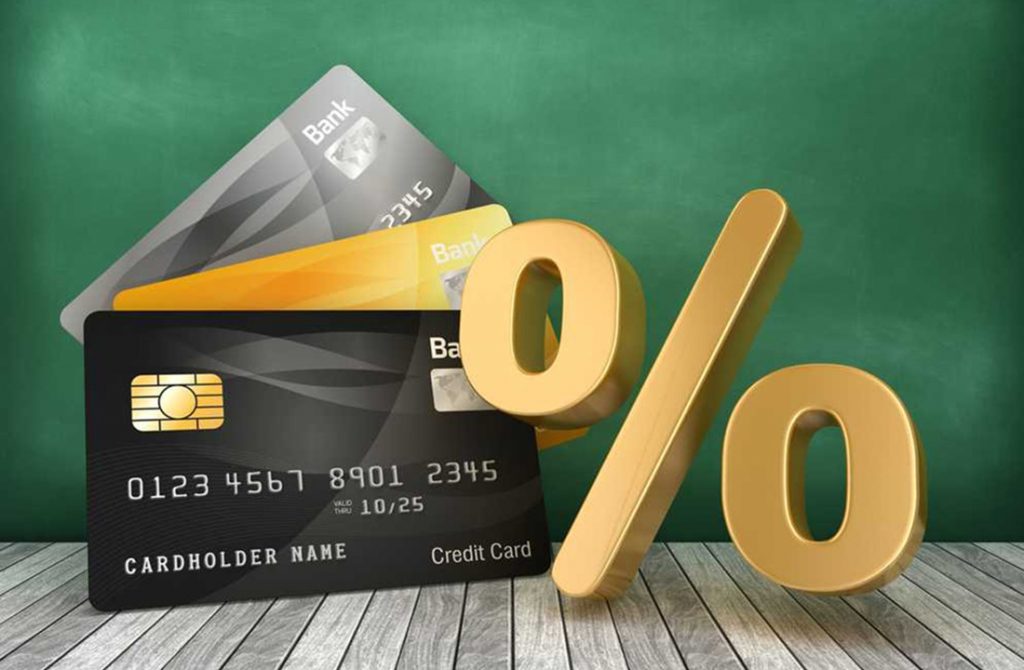
A Deep Dive Into Credit Card Interest Rates
Credit cards, while incredibly convenient, come with a cost known as the interest rate. Understanding how these rates work is crucial for any cardholder. This article aims to demystify credit card interest rates and provide insights into how they affect your finances.
Firstly, the Annual Percentage Rate (APR) is a term you’ll frequently encounter. It represents the yearly cost of borrowing money on your credit card. The APR varies between credit card providers and can range from 14% to 25% or more, depending on the card and your credit score. The higher the APR, the more you’ll pay in interest.
Credit card interest is typically calculated daily. This means the interest compounds, adding the previous day’s interest to the balance and then calculating the next day’s interest on the new total. This compounding can make your credit card debt grow rapidly if not managed well.

There are different types of APRs, such as purchase APR, cash advance APR, and balance transfer APR. Each applies to different types of transactions. For instance, cash advance APRs are usually higher than purchase APRs and start accruing immediately, with no grace period.
It’s also important to note that many credit cards offer a 0% introductory APR for a certain period. This can be a boon if you plan to make a large purchase and pay it off before the promotional period ends. However, once this period is over, the regular APR kicks in.
One key strategy to minimize the impact of interest rates is to pay your credit card balance in full each month. By doing so, you can take advantage of the grace period, a window where no interest is charged on new purchases.
Credit card interest rates are a pivotal factor in the cost of using credit. By understanding how they work, you can make informed decisions about your credit card usage, ultimately leading to healthier financial habits.